
Engineering with a Mission
Santa Clara University's School of Engineering has been educating leaders and innovators for 100 years. Deeply rooted in SCU's Jesuit tradition of developing the whole person, the School has produced generations of engineers of integrity. As we celebrate our centennial, we are proud to highlight some of the accomplishments of our many distinguished faculty and alumni.
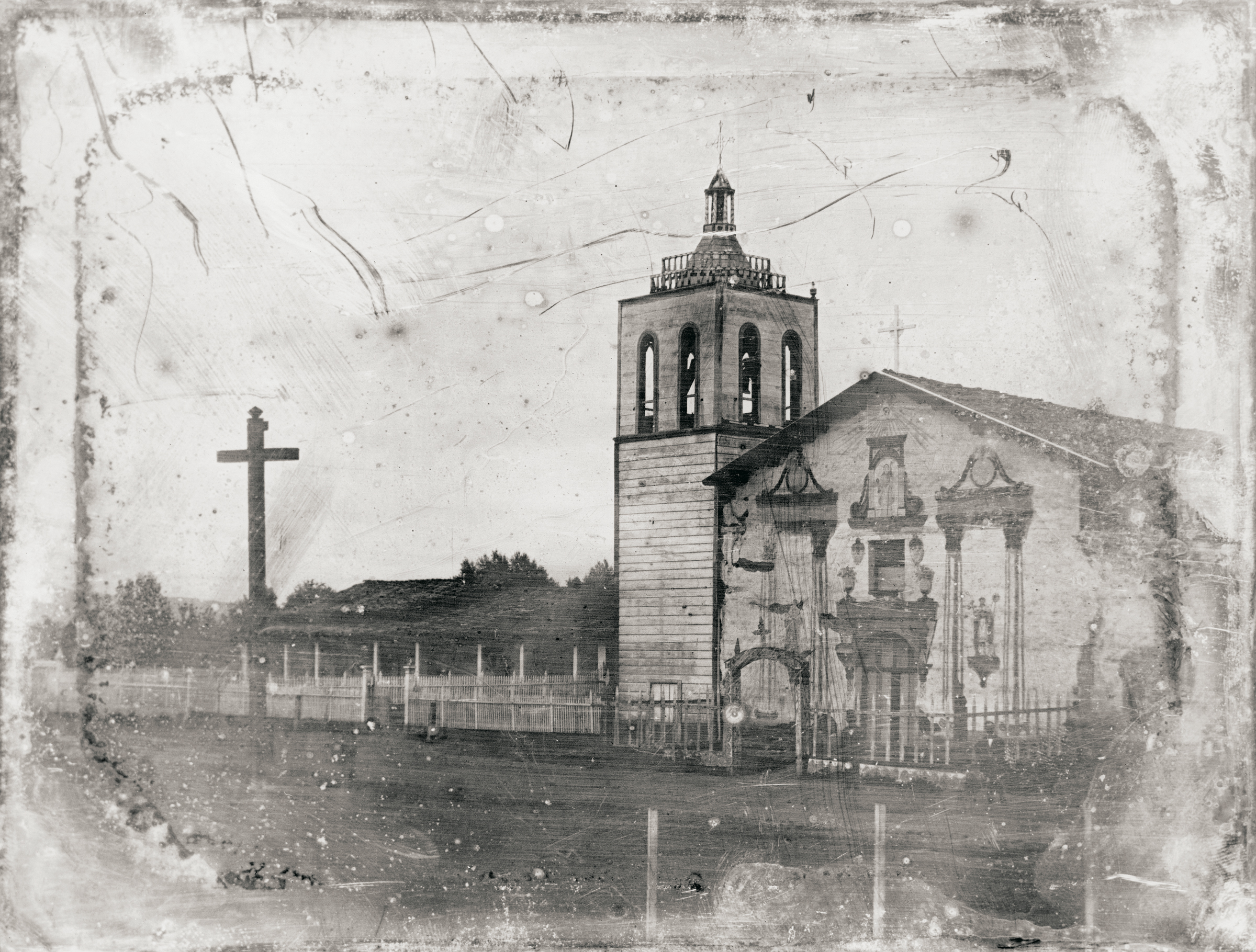 |
| The Mission Church in 1854. Photo from the Archives of SCU. |
At the heart of Santa Clara University is Mission Santa Clara, site of the original school founded in 1851 with a charge to inspire the life of the mind by educating the whole person. Students were guided in both their mental and moral formation and encouraged to learn about and interact with their communities in a compassionate manner.
It was in this same spirit that, after the turn of the century, college president James P. Morrissey set out to transform Santa Clara College into Santa Clara University by broadening the scope of academics to include law and engineering. His vision was to develop Santa Clara into a place where ethical students engaged in academically rigorous study. Key to this transformation was the establishment of the School of Engineering, which was founded in 1912.
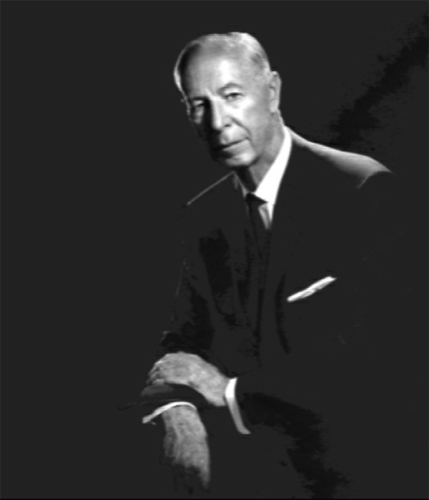 |
| George L. Sullivan. Photo from the Archives of SCU. |
The School of Engineering was begun under the direction of its first dean, George L. Sullivan, who strove to educate engineers of excellence. Resources were limited, but during his 43 years of leadership Sullivan was able to shepherd the College of Engineering safely through the turbulence of World War I, the Great Depression, World War II, the Korean War, as well as through wave after wave of engineering innovation.
One of the school's early milestones was earning accreditation. In 1936, the school applied for and was granted accreditation of its civil, electrical, and mechanical curricula, making it the only Catholic institution west of St. Louis to have an accredited engineering program.
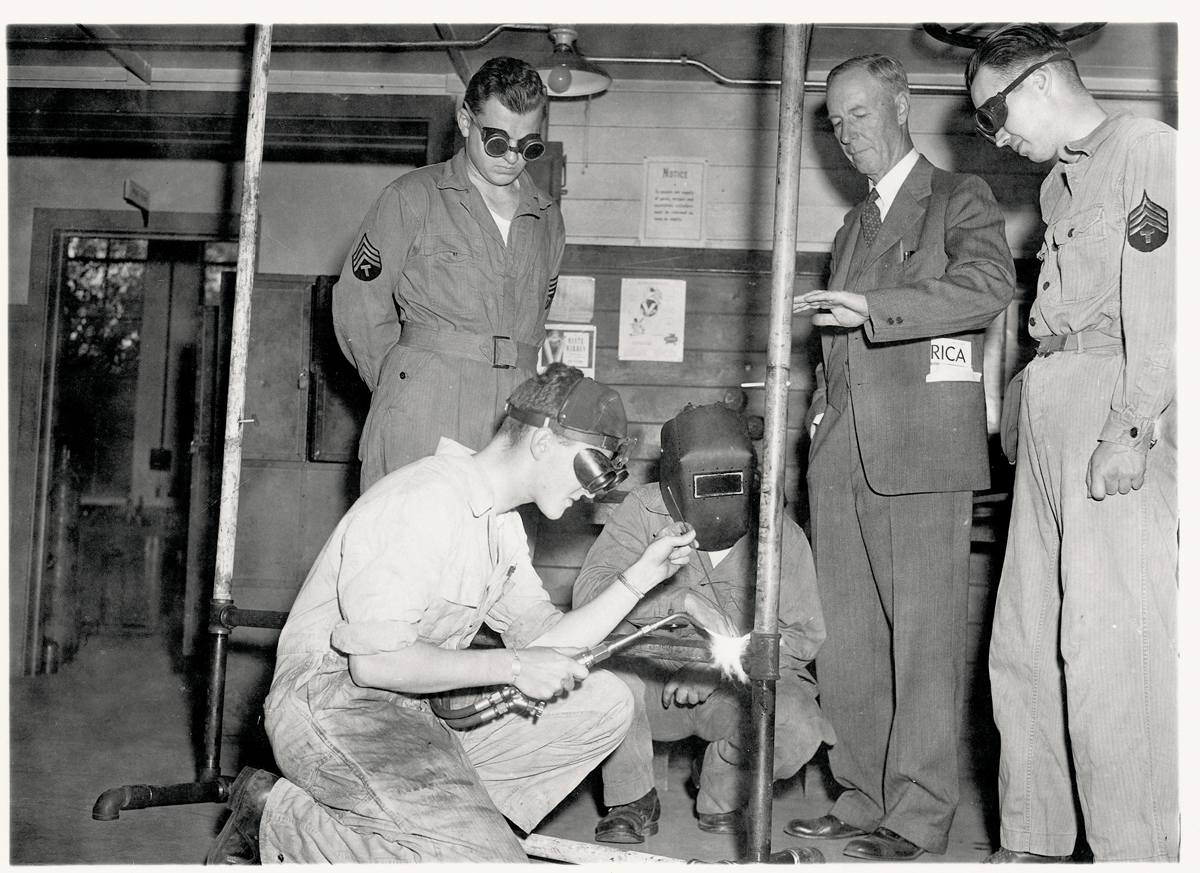 |
| Sullivan with students in 1943. Photo from the Archives of SCU. |
In 1941, at the forefront of U.S. involvement in World War II, Sullivan requested government funding and implemented a plan providing engineering, science, and management training for people in war industries not only at Santa Clara, but also at San Jose State College and various California manufacturing plants. During the war years, Army convoys were not an uncommon sight on campus as the University found new purpose in training soldier-students. The program helped keep Santa Clara's doors open at a time when more and more young men were enlisting in the armed forces rather than enrolling in college.
Gaining Perspective
"It's been a long time since I needed a note from my mom..."
World War II not only prompted reflection about engaging with the world at large, but also created an intense demand for engineers. In 1946, seasoned combat veterans joined fresh-faced high school grads as together they embarked on their college studies on a campus that was adjusting to a new constituency.
Professor Henry Nettesheim remembered an incident exemplifying the changing campus: "A priest insisted [a student-veteran who had flown more than 50 bombing missions] have a note from his mom to get back into [a class he'd skipped]. I remember the kid said, 'It's been a long time since I needed a note from my mom for anything and I'm not going to start now.'" Authority was loosened, the veteran was allowed into class, and discipline began to be eased across
the board.
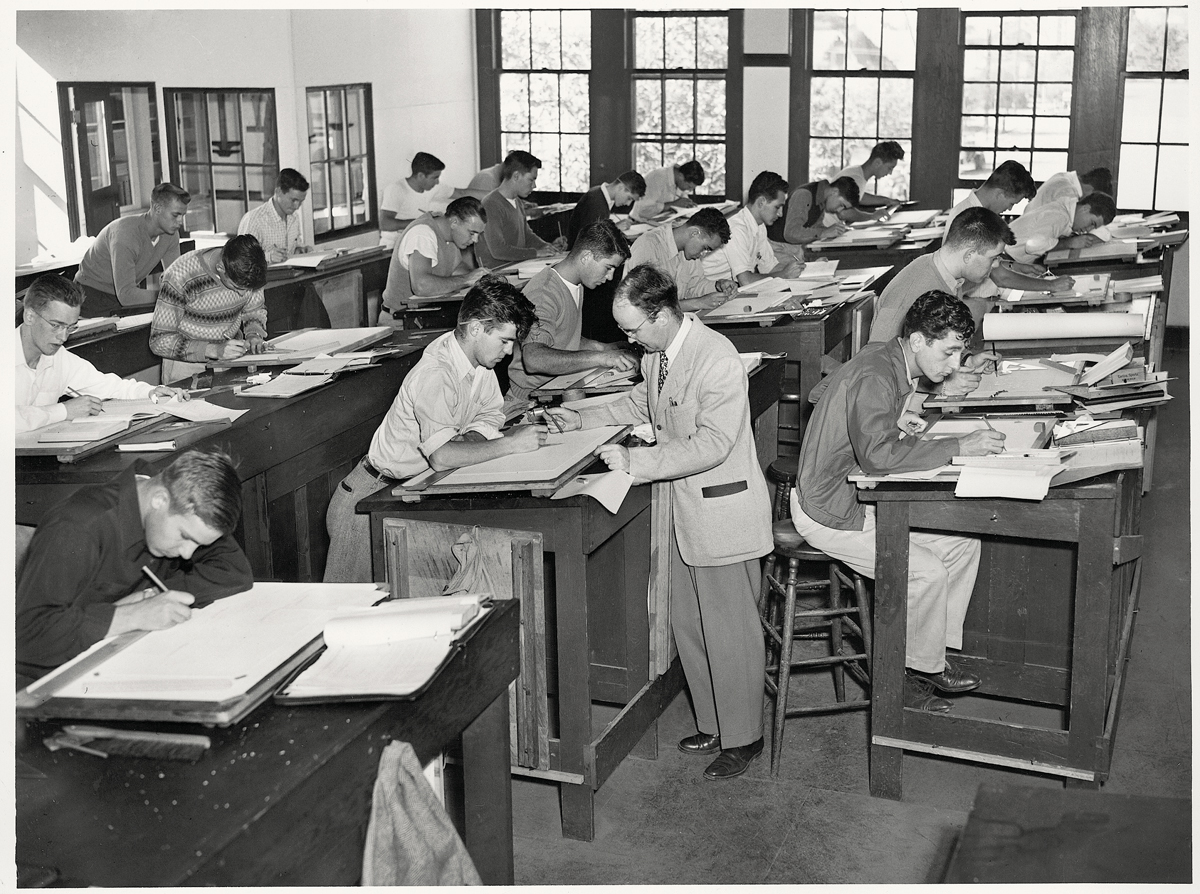 |
| Prof. Wallace R. Reynolds and engineering students in 1947. Photo from Archives of SCU. |
As engineering innovations developed throughout the 1950s, the School of Engineering continued to educate engineers of excellence. The quickly changing international landscape, however, prompted the need for more emphasis on critical thinking and community engagement. With its foundation of Jesuit education principles, Santa Clara was well placed to meet this need.
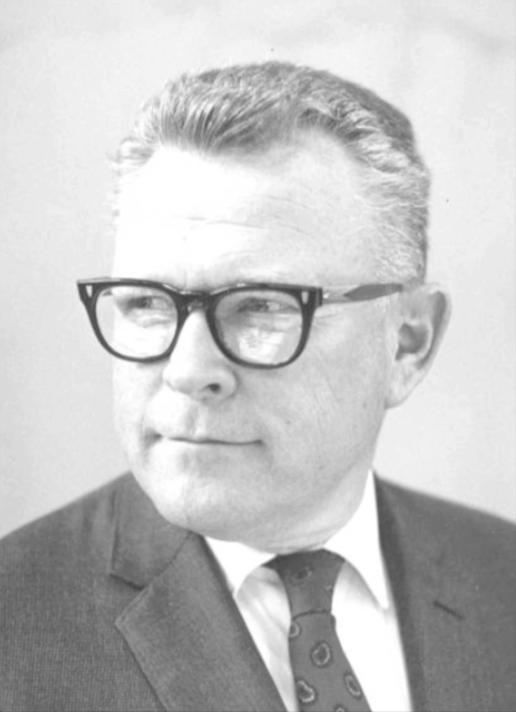 |
| Dean Robert Parden. |
Exemplary of the changing direction at home was the technology boom taking place in the San Francisco Bay Area. Santa Clara's own backyard, the agriculturally focused Valley of Heart's Delight, was transforming into the buzzing technological hub known as Silicon Valley. Responding to this change, Robert Parden, who became dean in 1955, launched a graduate program in civil, electrical, and mechanical engineering in 1959; thus the College of Engineering became the School of Engineering. With classes held in the early morning hours, the "Early Bird" program catered to working professionals eager to gain new skills for the changing world.
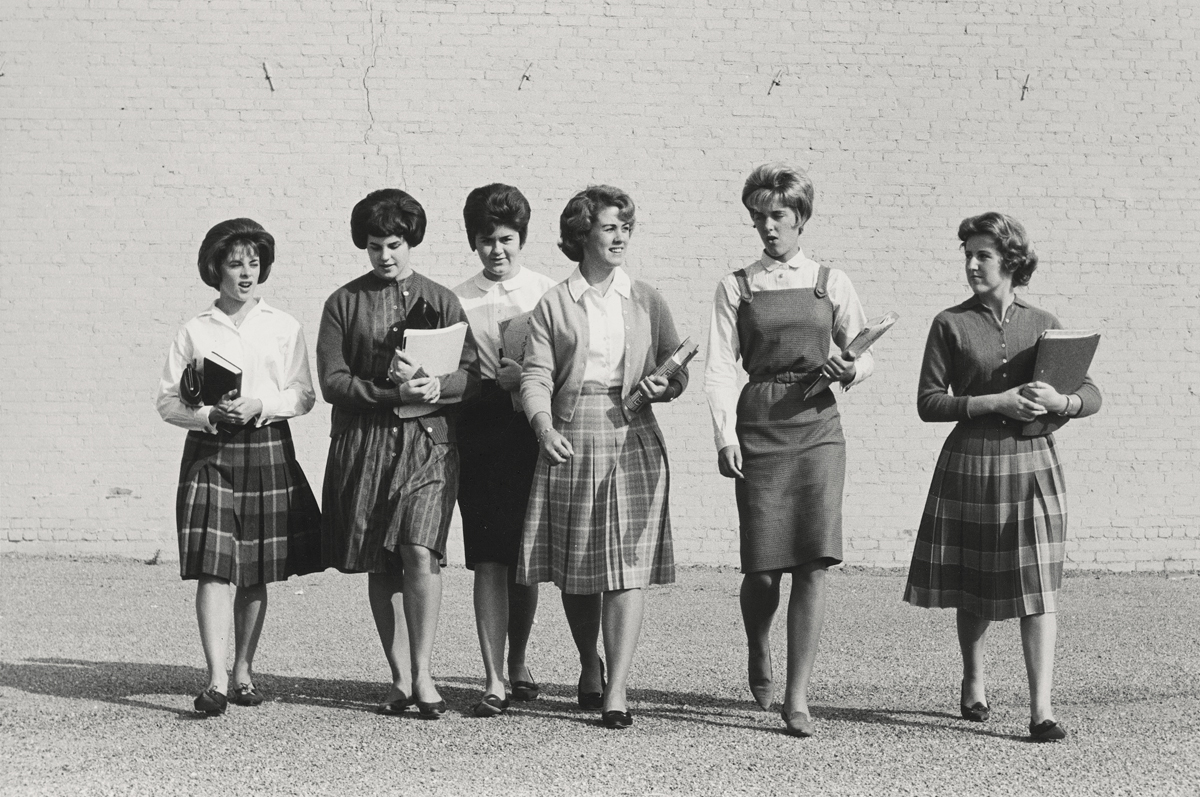 |
| Undergraduate women in 1961. Photo from the Archives of SCU. |
Santa Clara made a huge leap in gaining perspective when it made the decision in 1961 to admit women into its undergraduate program, making it the first Catholic coeducational institution of higher learning in California. In 1968, Nancy Streuter became the first woman to graduate with an undergraduate engineering degree.
Today, the School of Engineering broadens students' perspectives by encouraging global understanding and engagement through a wide variety of learning opportunities in the classroom and around the world.
Educating for Entrepreneurship
"We're poised for greatness and it's going to be pretty damn exciting around here." - Albert Bruno
Throughout the 1960s and 1970s, Silicon Valley was booming. The School of Engineering had already begun to address the need to teach new skills to the area's working professionals and in 1960, with the installation of a 200 square foot computer, Santa Clara officially entered the computer age. Integral to this exciting atmosphere was an appreciation for opportunity and entrepreneurship.
Under Dean Parden, the School of Engineering met the need to educate for entrepreneurship while preserving the core value of educating ethical engineers capable of engaging with the local community or the world at large. These proved to be valuable skills as technical innovations began to explode.
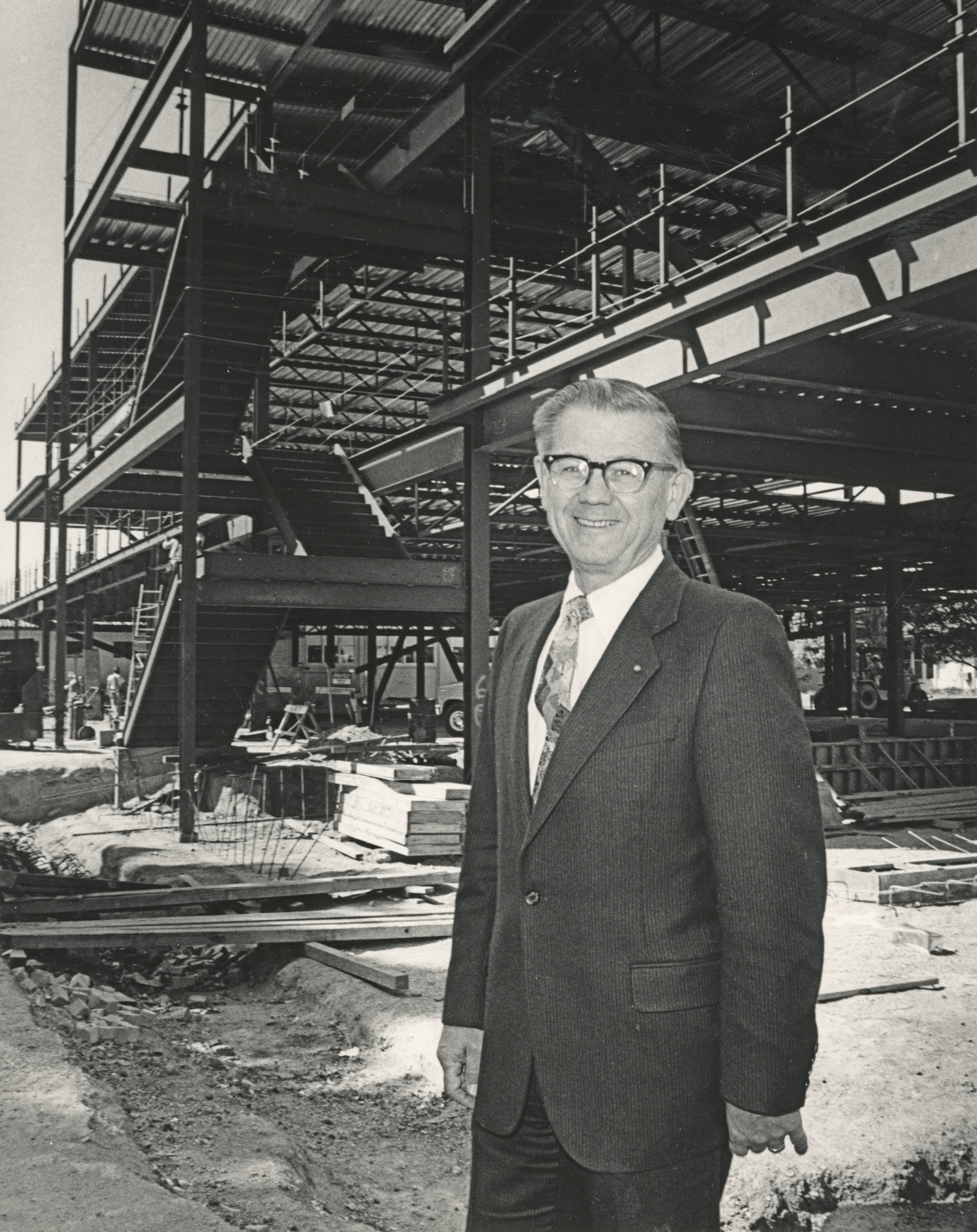 |
| Kenneth Haughton. Photo from the Archives of SCU. |
The School of Engineering didn't simply provide technical expertise, but also addressed the need for strong teamwork, management skills, and ethical leadership. In 1978, the Department of Engineering Management and Leadership was established, emphasizing project management and team leadership while continuing to incorporate courses in technical preparation. Parden became chair of this department in 1982 and Kenneth Haughton took over as dean of the School of Engineering.
Under Haughton, the School continued to help students take advantage of the opportunities abounding in Silicon Valley. In 1984, the Institute of Information Storage Technology was founded, providing instruction in mass data storage. In 1985, a fledgling computer lab called the Design Center opened with the help of a donation from Hewlett-Packard. And in 1986, the Sullivan Engineering Center opened, providing the School with new labs and classrooms.
Setting the Standard for Sustainability
In the 1960s and 1970s, Santa Clara not only addressed the growing opportunities in entrepreneurship but also the need for solving societal challenges in a sustainable manner.
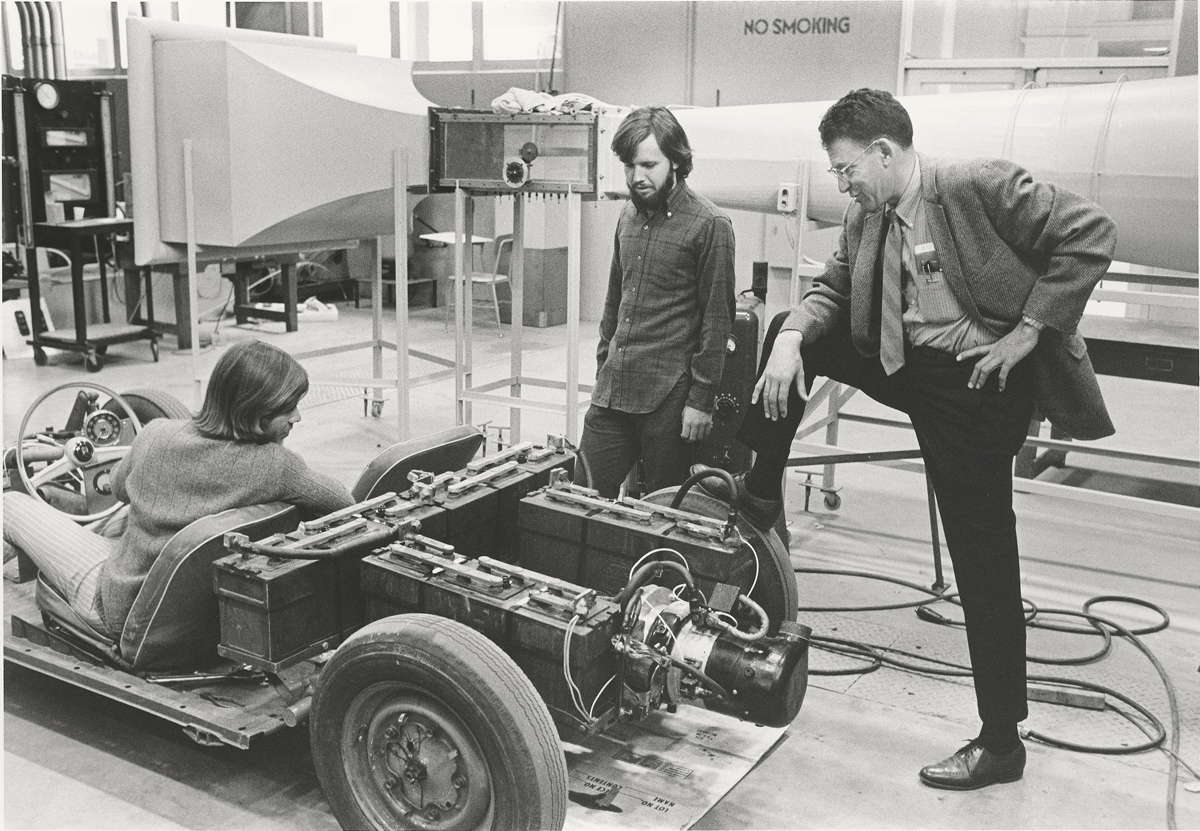 |
| Dick Pefley and students. Photo from the Archives of SCU. |
During the energy crisis of the 1970s, for instance, Santa Clara engineering faculty introduced new courses in energy generation and management. Professor Dick Pefley and students pioneered landmark research in alternative fuels, igniting a passion for energy engineering that has continued over the years.
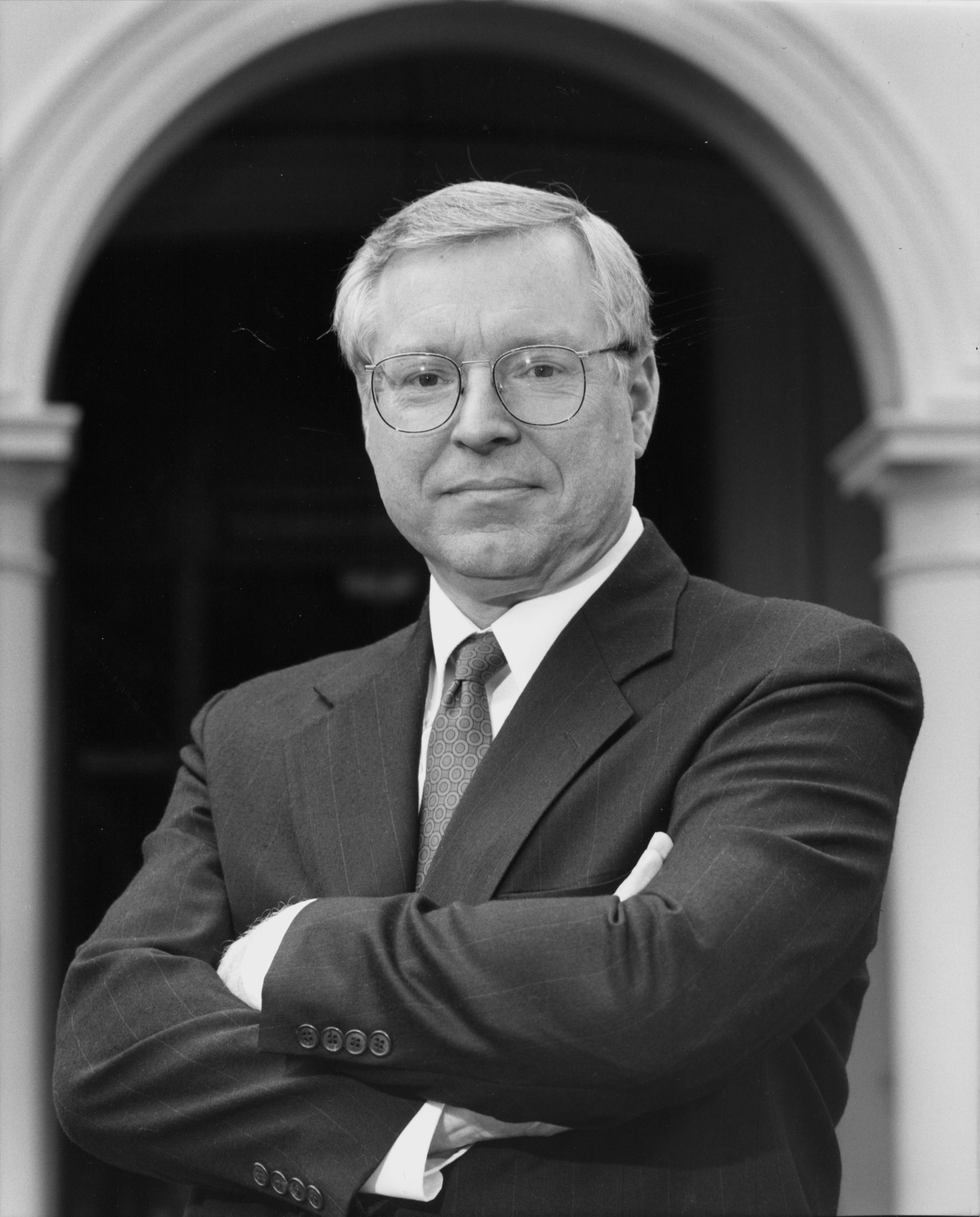 |
| Terry Shoup. Photo from the Archives of SCU. |
Terry Shoup took over as dean in 1989. He helped the School address the emerging field of sustainability by introducing a certificate program in Environmental Engineering in 1993. In addition, Shoup oversaw the initiation of an outreach program for high school students (1989), the introduction of the Engineering Study Abroad program (1990), the construction of the Civil Engineering Strength and Materials Lab (1995), and the creation of the Mission Control Center in 2000.
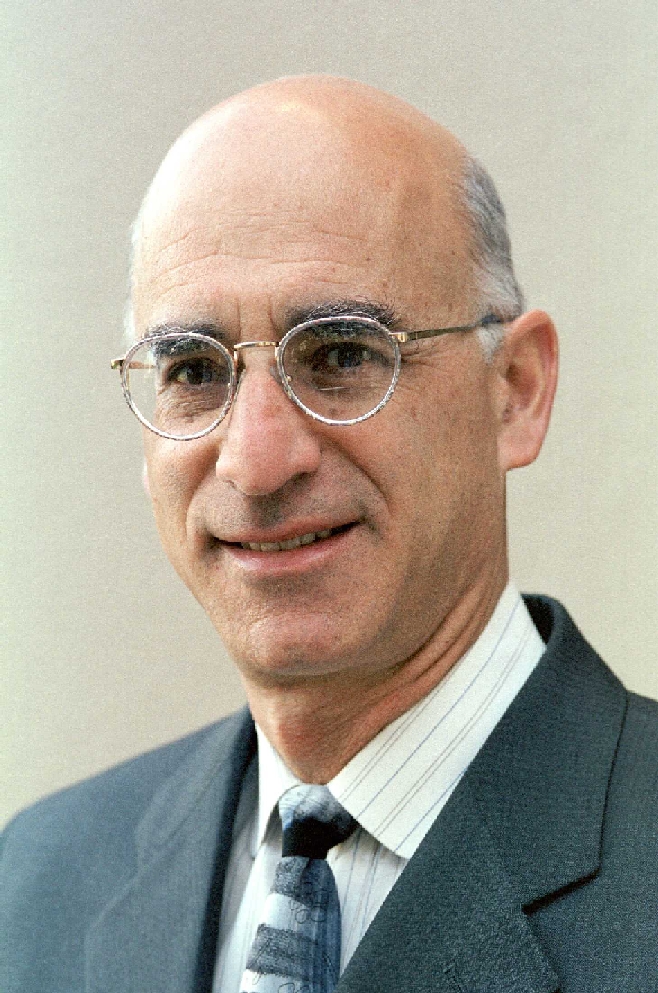 |
| Daniel Pitt. |
When Daniel Pitt took over as Dean in 2003, he helped continue the School of Engineering's focus on sustainability by putting in a bid for Santa Clara to enter the U.S. Department of Energy's 2007 Solar Decathlon. Although the proposal was initially unsuccessful, with SCU placing 21st on the list of 20 accepted entrants, a few months later Santa Clara was invited to join the competition after CalPoly dropped out. Bronco engineers were thus launched on two years of intense work to design, construct, and operate the most energy-efficient, functional, and attractive solar-powered home for the international event.
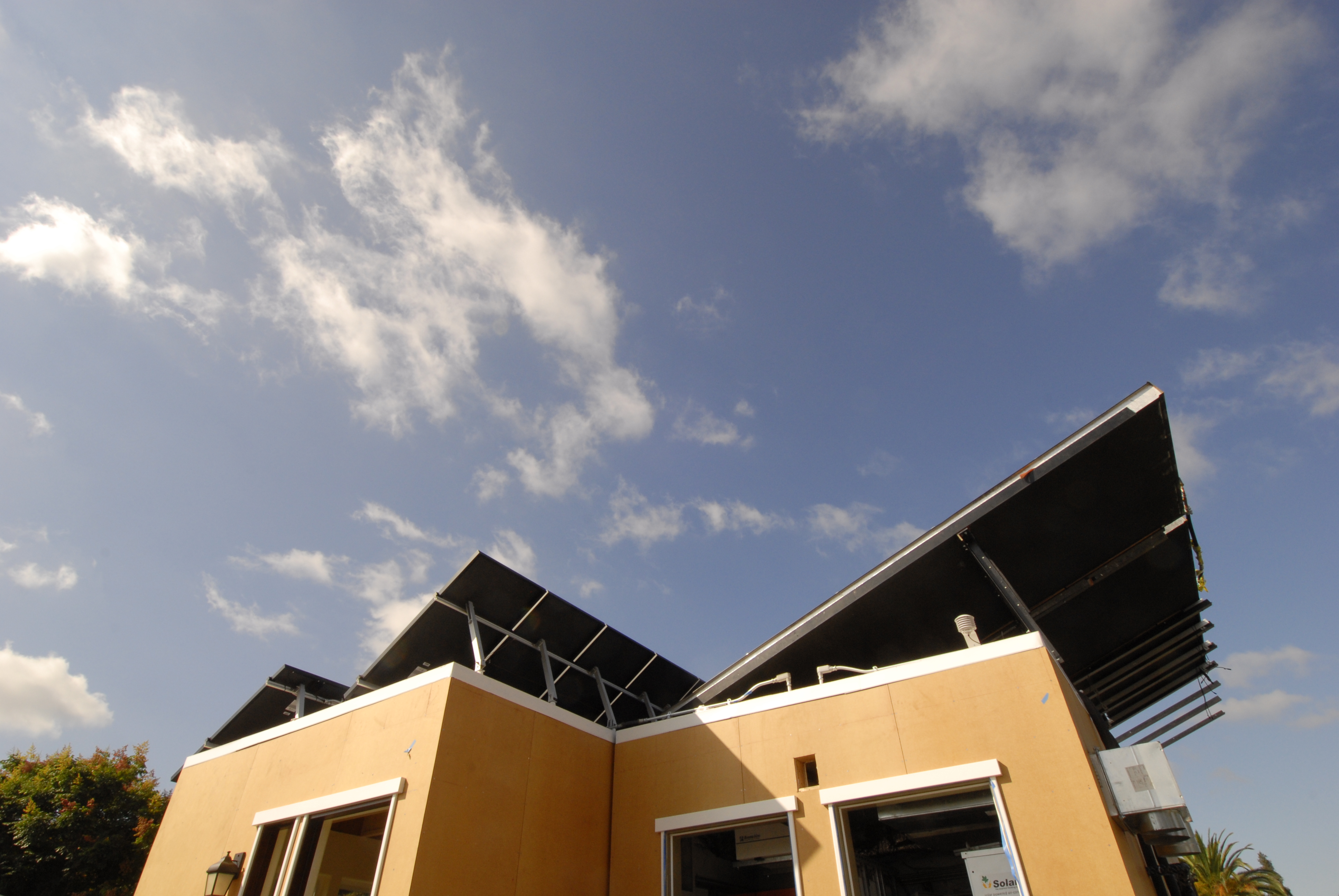 |
| The 2007 Ripple House. |
Santa Clara's Ripple House went on to place third in the competition in 2007, the same year that Godfrey Mungal became the new dean of the School of Engineering. Under Mungal, Santa Clara continued its cutting-edge sustainability research by entering and placing third again in the 2009 Solar Decathlon competition. In 2010, the School of Engineering paired up with SCU's Center for Science, Technology, and Society on a Frugal Innovation Initiative, addressing the need in emerging, underdeveloped countries for products and services that make sparing use of local materials and that employ earth-friendly practices.
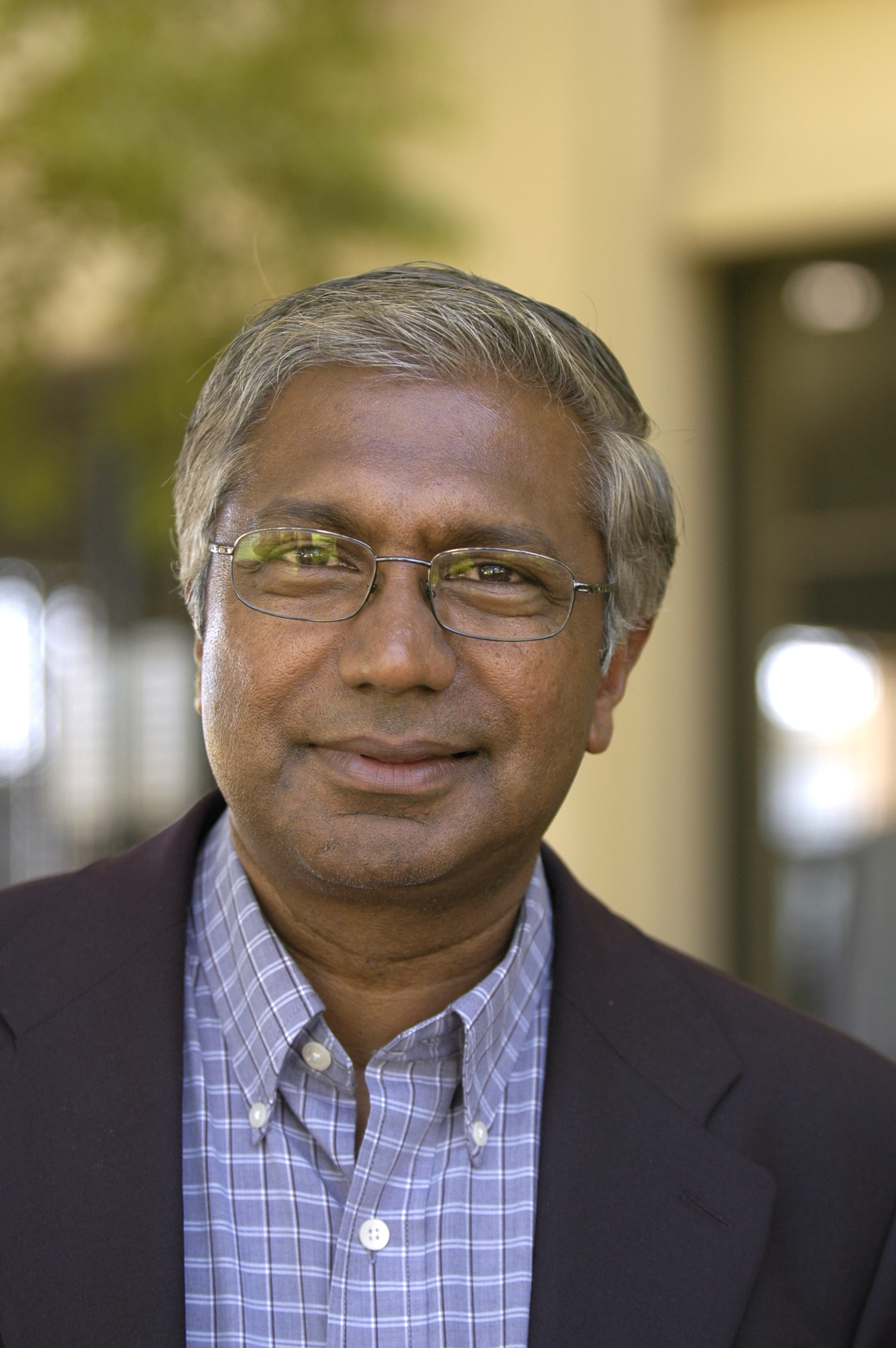 |
| Dean Godfrey Mungal |
Today, the School of Engineering's dedication to setting the standard for sustainability is evidenced by its cutting-edge research in energy management, a flourishing graduate program in sustainable energy studies, successes in the 2007 and 2009 international Solar Decathlon competitions, and a focus on frugal innovation. Santa Clara University's commitment to developing leaders of competence, conscience, and compassion is leading the way towards a sustainable future.
100 Years Strong and We've Got Momentum
With a century of engineering excellence to our credit, we are thrilled by the possibilities that lie ahead. As our students and faculty put their heads, hearts, and hands to work in areas of focus that could hardly be imagined back in 1912 - bioengineering, nanotechnology, sustainability, and frugal innovation for the developing world - we know that the best is yet to come for the School of Engineering at Santa Clara University.
We look forward to the next 100 years of thriving within a culture of integrity, innovation, and advancement, and we invite you to join with us as we embark on our second century of engineering excellence!